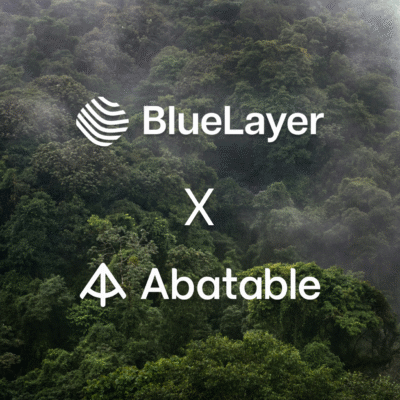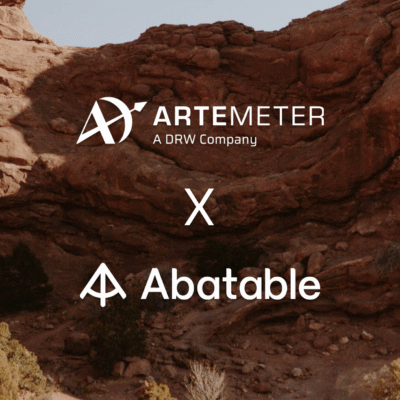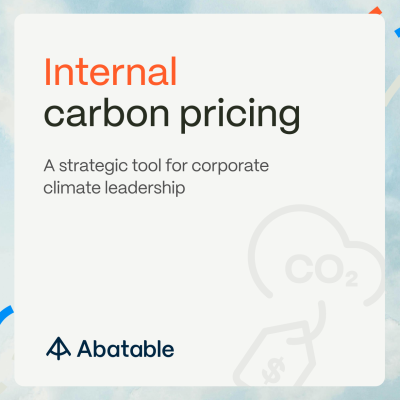In the last decade, we’ve seen a proliferation of companies voluntarily setting themselves decarbonisation targets. Yet, the lack of recognised guidance on what Net Zero means for companies, led to a wide range of interpretations. This is where the The Science Based Target Initiative (SBTi) came in.
The SBTi is widely recognised as the go-to body for guidance on how to set credible decarbonisation targets. It is a partnership between CDP, the United Nations Global Compact, World Resources Institute (WRI) and the World Wide Fund for Nature (WWF).
In 2021, the SBTi published its Corporate Net-Zero Standard, which they argue to be the world’s first framework for corporate net-zero target setting in line with climate science. To summarise it in one sentence, the SBTi’s Net-Zero Standard expects companies to reduce their emissions by 90% and neutralise their remaining emissions using carbon removals.
Issues with the SBTi net-zero framework
Although carbon offsets have their place in the Net Zero Standard under Beyond Value Chain Mitigation, this section was either misunderstood or ignored by most corporate sustainability practitioners. We saw this reflected in two main trends:
- Companies started being hyper-focused on their internal decarbonisation and carbon removals and generally dismissed carbon avoidance
- Most companies, especially SMEs, found themselves discouraged by the price of carbon removal credits and generally decided to take the approach of letting larger corporations invest and hopefully the prices would come down enough for them to meet their Net-Zero goals.
In sum, at Abatable, we found that the way in which SBTi communicated about its Net Zero Standard undermined the role and legitimacy of carbon offsets, especially avoidance, and created a lot of uncertainty for companies approaching the market. Many market players, especially new entrants, advocated that carbon removal was the only credible solution, discrediting carbon avoidance projects.
SBTi’s position has evolved and now explicitly calls companies to take urgent action beyond their value chain, using both carbon avoidance and removal offsets. This blog covers what the latest guidance from the SBTi is and why we consider this to be a positive development in the climate space.
What is the latest SBTi guidance when it comes to carbon offsets?
A series of recent blogs from the SBTi calls companies to support beyond value chain mitigation (BVCM) to contribute to societal net-zero, and it urges them to do it now.
What is beyond value chain mitigation (BVCM)?
BVCM refers to actions that a company can take to contribute to reducing emissions outside of its value chain (i.e. their scope 1, 2 and 3). BVCM can also be thought of as a climate contribution. This is typically done by purchasing carbon offsets, both avoidance and removal. The SBTi is very clear that BVCM does not replace a company’s requirements to abate their value chain emissions.
The SBTi shared that it will be publishing a paper in 2023 to guide companies towards credibly supporting BVCM but it lists a series of no-regret actions companies should be taking now:
- Support projects that secure and enhance carbon sinks (terrestrial, coastal and marine, etc.) to avoid the emissions that arise from their degradation. These include REDD+ and blue carbon projects.
- Invest in nascent greenhouse gas (GHG) removal technologies (e.g. direct air capture (DAC) and storage) so that the technology is available to neutralise residual emissions at the long-term science-based target date.
The SBTi provides a couple of examples of models a company can choose to support BVCM and the claims it can associated. In a previous blog, we explored this topic deeper and provided examples of what companies are already doing.

Is BVCM anything new?
BVCM has always been a part of the Net Zero Standard. It is a clear part of the SBTi’s “mitigation hierarchy”. Under the mitigation hierarchy, the first priority is setting both near and long-term science-based targets on their value chain emissions and implementing strategies to achieve these targets. BVCM is expected to be the second step companies take. Finally, neutralisation (i.e. the purchase of carbon removals) is expected to ramp up as the company gets closer to reaching its net-zero targets.

Whether the SBTi’s stance on BVCM and carbon offsetting more broadly was miscommunicated or misunderstood, we welcome the clarification and renewed emphasis. Indeed, in its latest blogs, the SBTi states that supporting projects and initiatives that avoid further emissions from being released in the atmosphere is a no-regret option and should be done immediately.
How this renewed focus aligns with the science
The figure below, extracted from the IPCC Sixth Assessment Report, shows how large the GHG emissions savings are for different mitigation options. We can clearly see that both avoidance and removal investments are required. And yes, even under the most ambitious scenarios, a significant level of carbon dioxide removal is still required to reach net-zero.
We encourage companies to take a diversified and balanced approach when building their carbon procurement strategies, supporting avoidance projects that have direct benefits today (e.g. REDD+ and fuel switching) while investing in scaling much needed carbon removal solutions.
We look forward to further guidance and engagement with the SBTi and what high quality BVCM looks like.














































































































